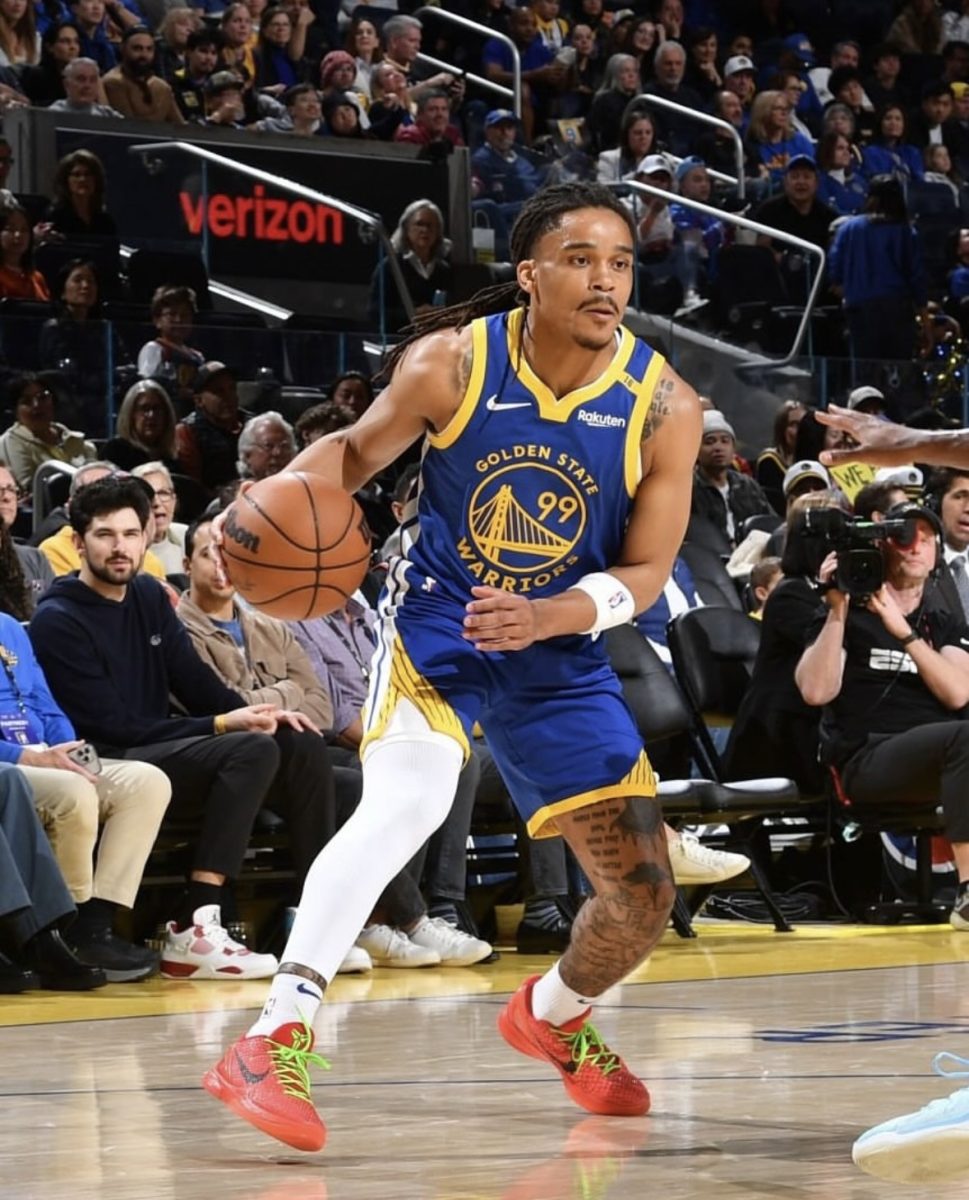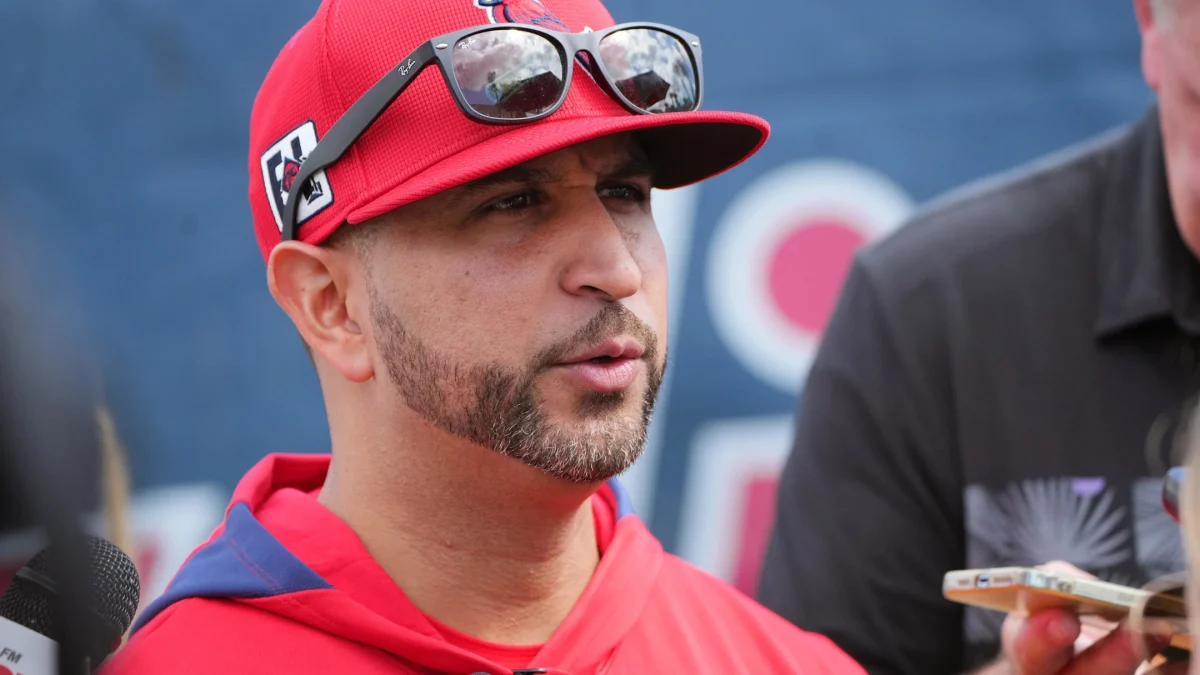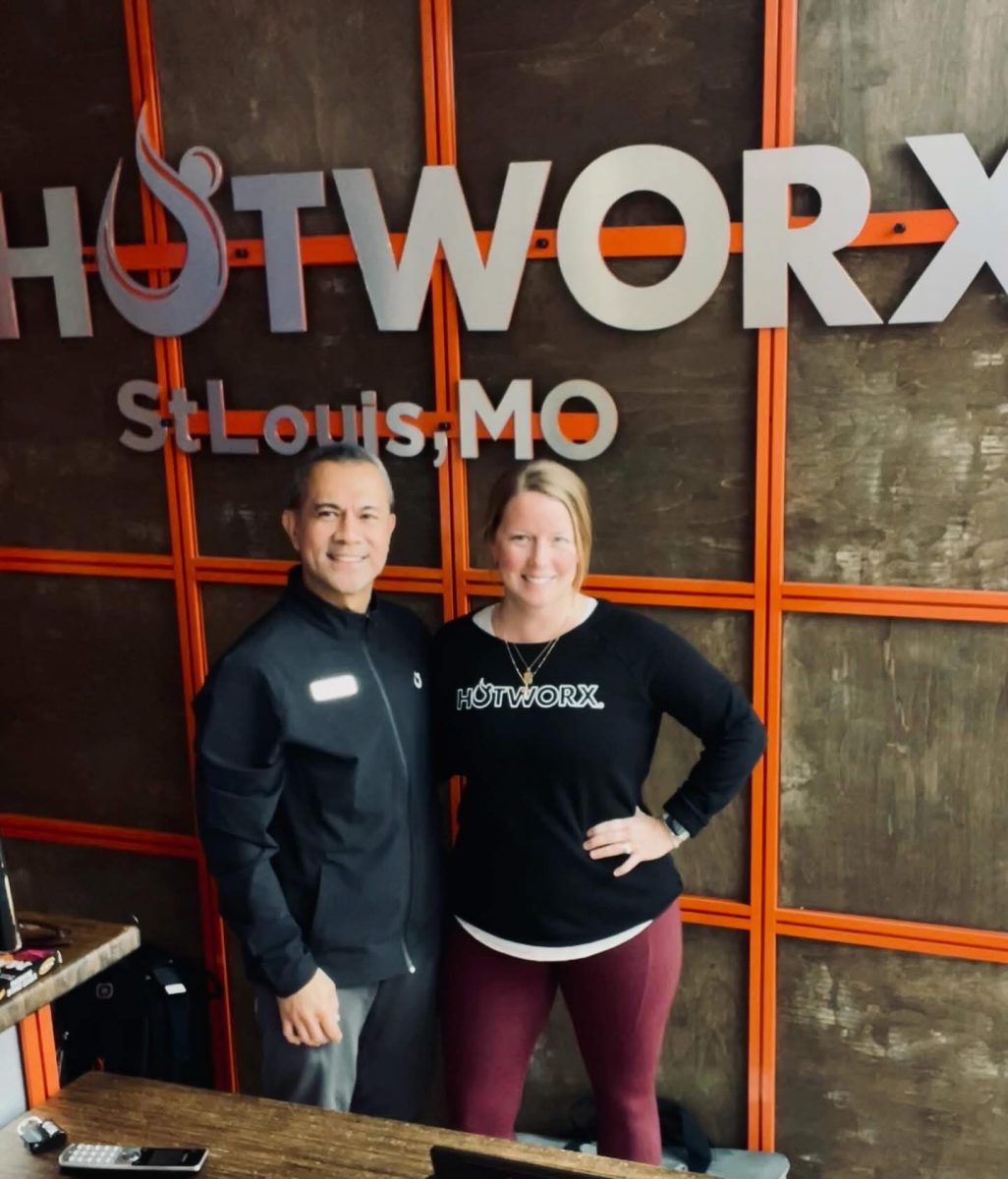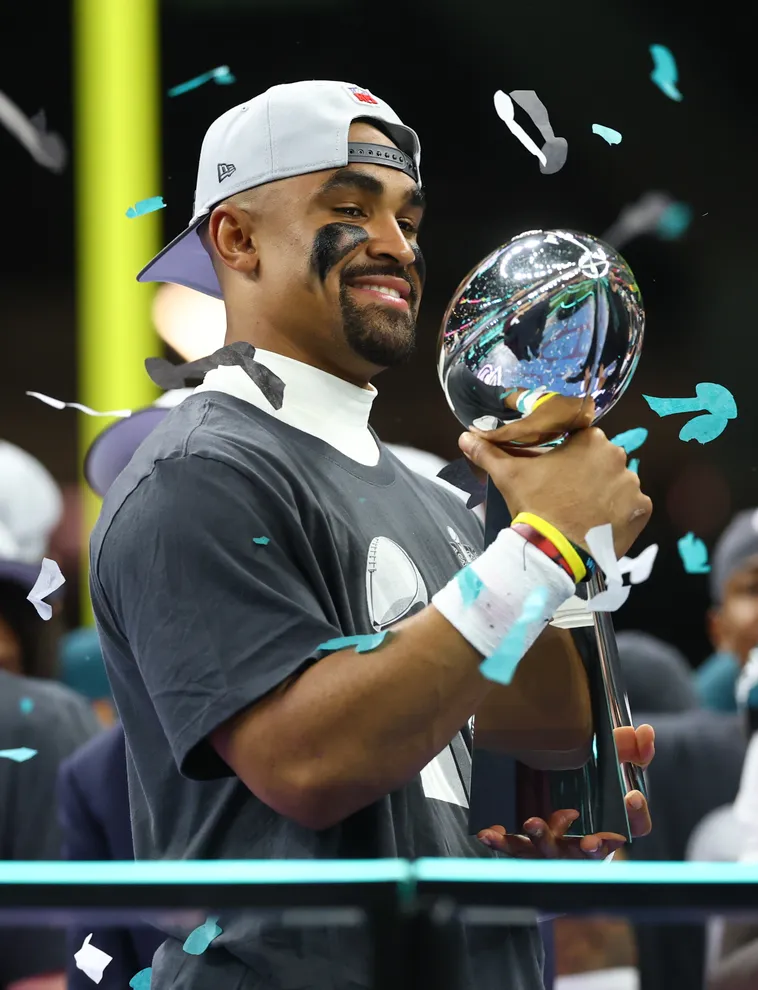What has seen more parties than Dennis Rodman, is worth more
than all of the jewelry hanging around Ja Rule’s neck and is about
as hard to pick up as J-Lo at a dance club in Miami Beach? Lord
Stanley’s Cup. And, it seems, just as soon as it had left us, it is
back again, lasting about as long as a Michael Jordan retirement or
a Screech Powers date: sum total, 26 minutes.
The National Hockey League season opened last night to a
collective sigh.
The annual plight for the Stanley Cup has turned into a running
joke by the mainstream sports media about what is largely
considered to be the fifth most popular of the four major sports in
this country–miles and miles of frozen ice behind the
hoodlum-infested courts of the NBA and squeezed out by the mullet
enthusiasts of Nascar.
In the immortal words of Rodney Dangerfield spoken so long ago,
“I went to a fight the other night and a hockey game broke out.”
Not necessarily the most eloquent way of putting things, but you
get the point.
The point is that hockey is a game that, unlike football and
basketball, has embraced its stereotype-filled past, which includes
fighting, jeering, blood and missing teeth, partitioned by three
20-minute periods and a couple goals at each end. Heck, when you
have players like Jim McKenny saying things about hockey like,
“Half the game is mental and the other half is being mental,” there
must not be much of a plea from the front office about toning down
the rough image of the players. And why should there be? When
Donald Brashere was slashed in the face by Marty McSorley three
years ago, McSorley was suspended indefinitely, but the NHL’s
ratings went up exponentially. So there really wasn’t a pressing
need for change.
So what does all this mean? Simply put, it means that hockey
realizes that its season is about as long as the Seven Years War
and, to that end, it should have about as much bloodshed as the
war.
But who really cares anyway? I mean, I have never met a hockey
fan that was a fan before January. Even St. Louis, who “Bleeds
Blue,” doesn’t really start bleeding blue until the inevitable
playoff collapse is in sight. And maybe it’s because I don’t know
anyone from Manitoba, or even one of the former Soviet Republics,
but I don’t know anyone who actually wants to be a hockey player
when they grow up.
It’s kind of like an 8 year old saying that he doesn’t want to
grow up and work in middle-management or in a government
bureaucracy. And some hockey players have been found to, on
occasion, not appreciate their jobs either. Just take NHL Hall of
Famer Jaques Plante.
“How would you like to go to a job where every time you make a
mistake, a big red light goes on and 20,000 people boo?” Plante
asked so eloquently. I guess Mr. Plante never took into account the
hundreds of people who work at the New York Times and get reamed
for mistakes day after day after day. But one thing he has going
for him that most people can’t say these days is that at least he
has a great dental plan. But, then again, he needed it.
Plante is not alone either. There are numerous other burly
skaters with sticks out there who contribute daily to the bad
public perception of the average NHL player. Guys like Carl Brewer
who say things like: “The game of hockey itself is very easy. It is
the thinking about it which makes it tough.” And so do the couple
hundred guys taking to the ice this week in their yearlong
rendition of Tyson-Holyfield On Ice.
It’s simply legalized aggravated assault on skates, which only
makes the guys appear taller.
But you can count on one thing: no matter the injuries, the loss
of teeth, the long-lasting knee damage and the longest season in
all of professional sports, these men will come out of it knowing
one thing: they still look better than Dennis Rodman. Or, for that
matter, even Screech.









